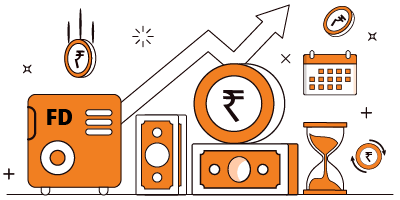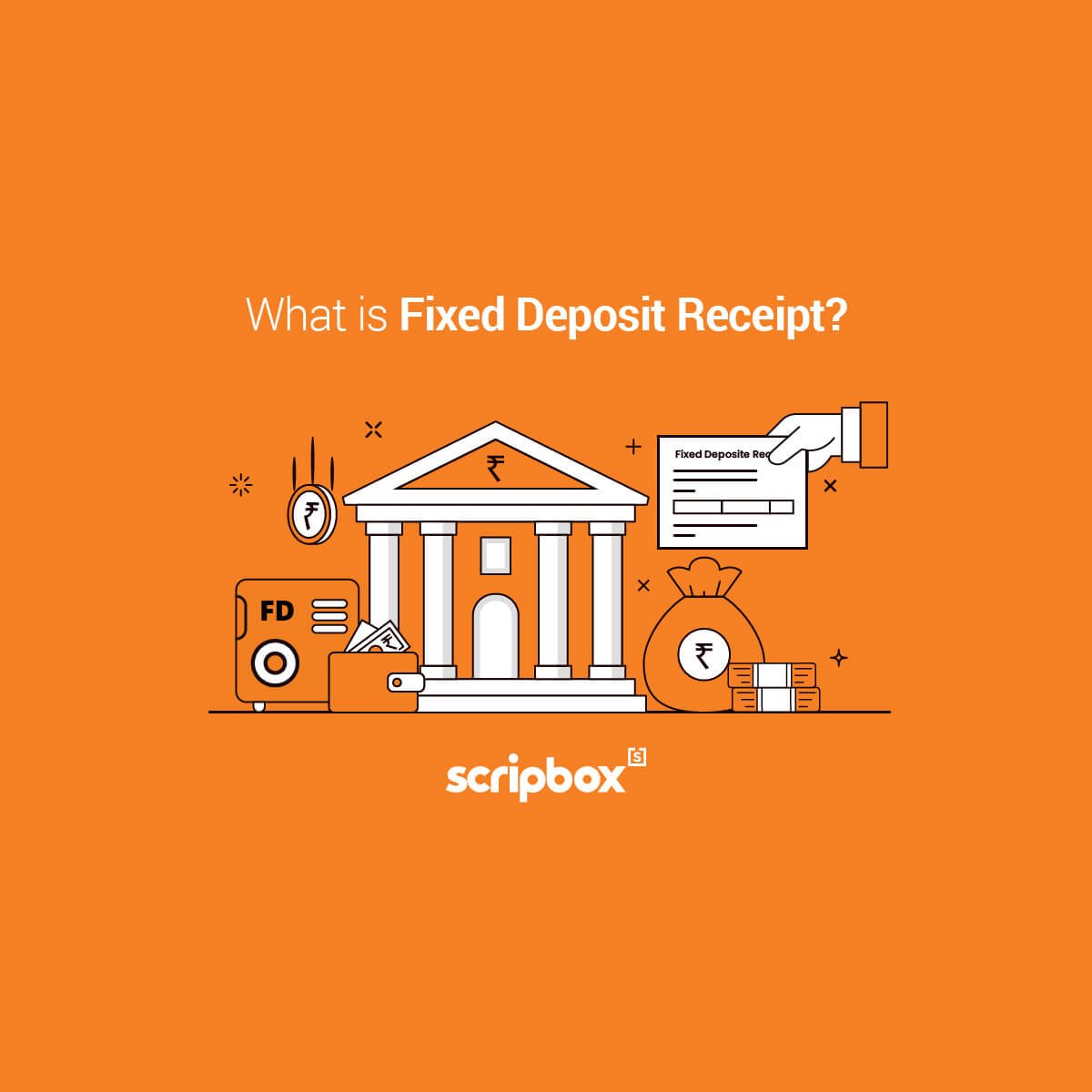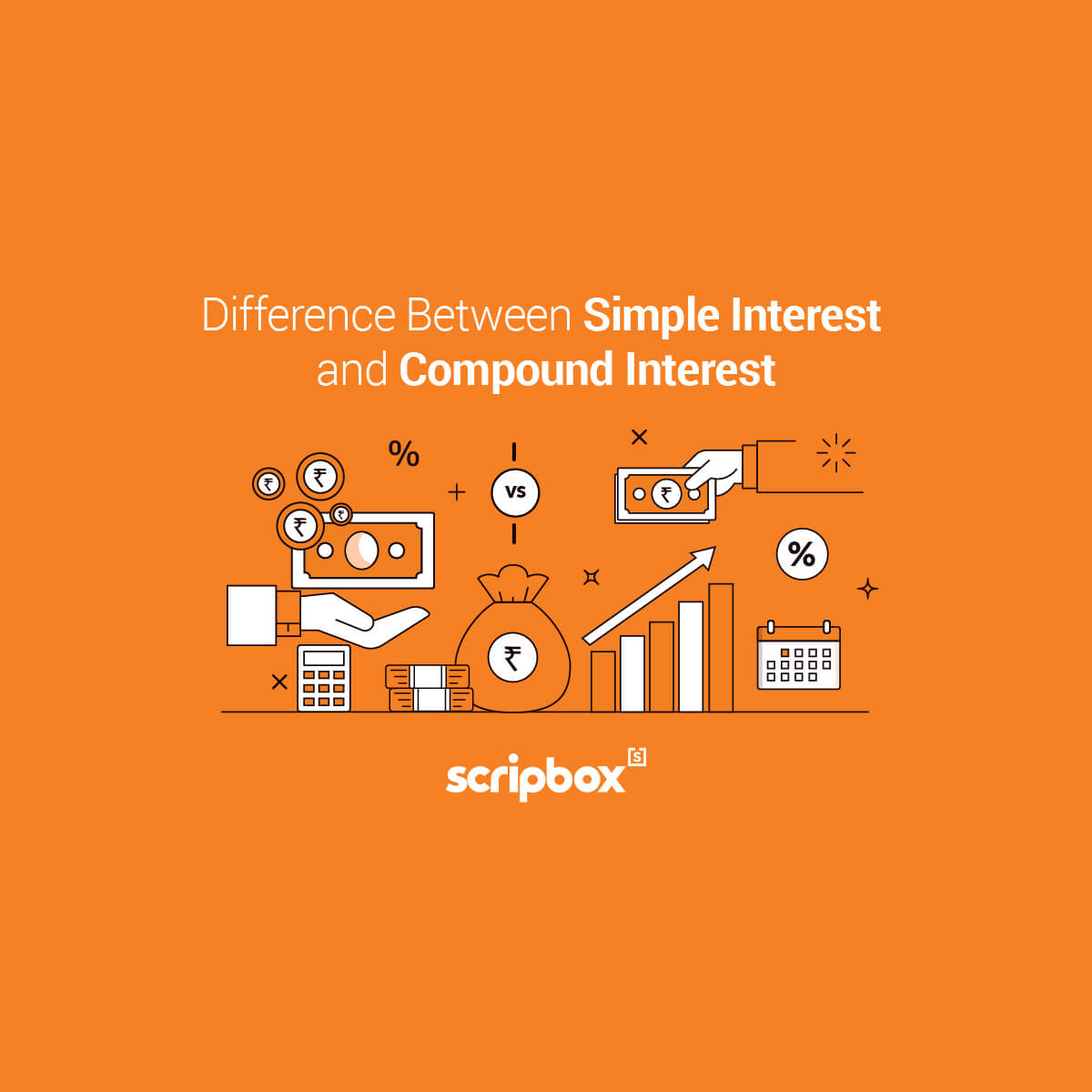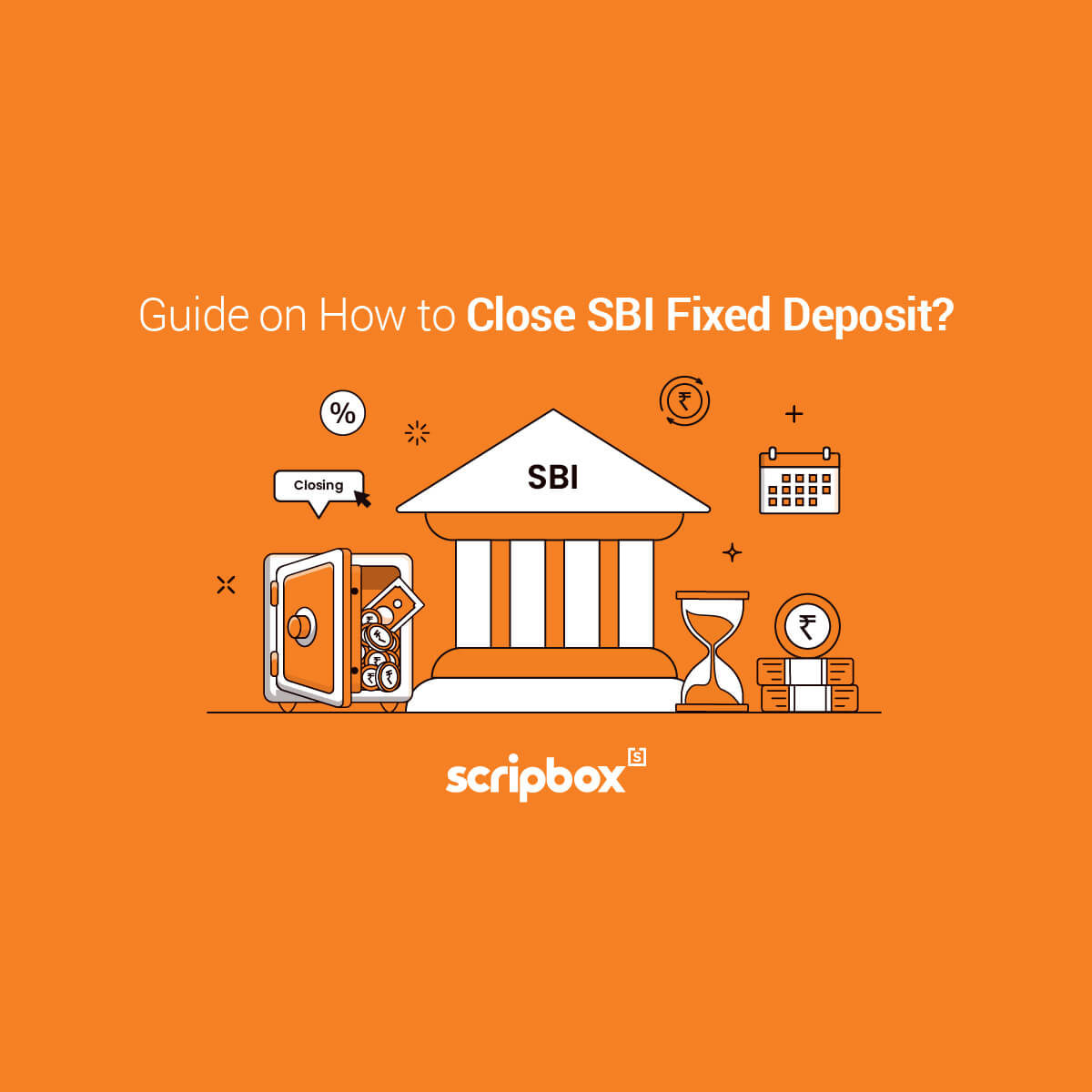Fixed deposit is one of the most sought after, traditional, and popular investment instruments in India. They offer guaranteed returns in the form of interest. Depending on the interest payout, the fixed deposits are categorised as cumulative and non-cumulative fixed deposits. Cumulative fixed deposits pay interest in a lump sum at the end of maturity. Non-cumulative fixed deposits pay interest regularly to the investor. This article covers cumulative vs non-cumulative FD in detail.
What is Cumulative Fixed Deposit?
A fixed deposit whose interest gets compounded every quarter or every year and gets credited to the investor’s account at the end of the tenure is a cumulative deposit. The investor receives the interest in a cumulative FD along with the principal amount after maturity. The interest that the FD earns every year is reinvested into the FD. In other words, the interest earned is added to the principal amount.
Tenure of cumulative fixed deposits ranges between 6 months and 10 years. These fixed deposits best suit investors who do not require regular income. In a cumulative FD, the interest is accumulated until maturity. In other words, the accumulated interest is paid along with the principal.
We can understand a cumulative FD better with the help of an example.
If an investor opens a fixed deposit in a bank with INR 1,00,000 for a tenure of 5 years. The rate of interest is 6% per annum. Let’s assume the interest earned is reinvested into the FD. Then the fixed deposit schedule will be as shown below.
| Year | Investment | Interest | Final amount |
| 1 | 100000 | 6000 | 106000 |
| 2 | 106000 | 6360 | 112360 |
| 3 | 112360 | 6742 | 119102 |
| 4 | 119102 | 7146 | 126248 |
| 5 | 126248 | 7575 | 133823 |
The interest that the fixed deposit earns each year is reinvested back into the FD. In other words, the interest earned is added back to the previous principal amount. The total interest that the investor earns on the FD is INR 33,823. It will be credited to the investor’s account in lump sum at the end of 5 years, along with the principal amount. A cumulative FD is also called a money multiplier scheme as the interest gets compounded each year until maturity. The interest income is taxable only at the time of maturity.
Who should invest in a cumulative Fixed Deposit?
A cumulative fixed deposit is suitable for those individuals who are not dependent on regular interest income. Hence, salaried employees or individuals with good profits from business can opt for cumulative FD investments. Also, individuals who are not looking for regular interest and are saving for a lump sum amount for the future can consider investing in cumulative FD. Therefore, cumulative FD is suitable for those who can manage without regular interest payouts.
What is a Non-Cumulative Fixed Deposit?
A fixed deposit scheme that pays interest regularly to the investor is a non-cumulative FD. Moreover, the interest payout is as per the investor’s choice. It can be monthly, quarterly, half-yearly or yearly. Also, the interest rates vary for each payout. For example, the interest rates for monthly, quarterly, half-yearly and yearly payouts can be 6.8%, 6.85%, 6.95% and 7.05% respectively. Furthermore, the interest earned is taxable in the hands of investors at the time of receipt.
Also, this scheme has a tenure ranging from 6 months to 10 years. These fixed deposits best suit investors who require a regular income, for example, pensioners. We can understand a non-cumulative FD with the help of an example.
If an investor opens a fixed deposit in a bank with INR 1,00,000 for a tenure of 5 years. The interest rate is 6% per annum. If the interest payout is every year, then the interest from a fixed deposit will be the same each year, as shown below.
| Year | Investment | Interest | Final amount |
| 1 | 100000 | 6000 | 106000 |
| 2 | 100000 | 6000 | 106000 |
| 3 | 100000 | 6000 | 106000 |
| 4 | 100000 | 6000 | 106000 |
| 5 | 100000 | 6000 | 106000 |
The total interest earned from the FD is INR 30,000. The investor will receive INR 6,000 each year for a tenure of 5 years. Also, since the interest payout is done yearly, the interest is not compounded. The interest amount is taxable as per the investor’s income tax slab rate.
Who should invest in a non-cumulative Fixed Deposit?
Non-cumulative fixed deposit is suitable for individuals who wish to get regular interest income into their bank account. Retirees, freelancers, homemakers, etc., who like to get some steady income from their savings can consider investing in a non-cumulative FD.
Cumulative vs Non-Cumulative FD, What’s the difference?
Following are the key differences between cumulative Vs non-cumulative FD:
Definition
In a cumulative fixed deposit, the interest gets accumulated and is paid upon maturity along with the principal. While in a non-cumulative FD, the interest pay out is at regular intervals as chosen by the depositor.
Interest Payout in a fixed deposit
This is the key difference between cumulative and non-cumulative FDs. For a cumulative FD, the interest is payable at maturity. While for non cumulative FDs the interest is payable as per investors choice.
In a cumulative scheme, the interest earned is invested back into the scheme. Hence, the interest payment is only on maturity. The interest compounds either every quarter or every year. For example, Mr Karan deposits INR 1,00,000 at a rate of interest of 7% in a cumulative scheme for a tenure of 3 years. Mr Karan will not receive any interest during the tenure of the scheme. In other words, the interest gets accumulated and is paid on maturity. The maturity amount for Mr Karan is INR 1,22,504. The total interest that he earns during his cumulative fixed deposit tenure is INR 22,504.
On the other hand, in a non-cumulative FD scheme, the interest payout is as per the investor’s choice. Also, on the basis of the financial requirements, one can choose their interest payout frequency. The depositor can choose between monthly, quarterly, half-yearly or yearly interest payouts. Taking the same example, of Mr Karan. Following are the the fd interest rate and interest payout amount under the non-cumulative scheme:
| Frequency | Interest Rates | Interest Pay-Out (INR) |
| Monthly | 6.79% | 566 |
| Quarterly | 6.82% | 1,705 |
| Half Yearly | 6.88% | 3,440 |
| Yearly | 7.00% | 7,000 |
Income Flow in a fixed deposit
There is no income for the depositor during the entire tenure of the FD in a cumulative FD. The interest accrued and the principal amount is paid as a lump sum at the end of the scheme tenure. On the other hand, non-cumulative fixed deposits are a source of regular income to depositors. One can choose the interest payout frequency and can enjoy regular income during the deposit tenure.
Reinvestment
In a cumulative deposit scheme, the interest earned is invested back into the scheme. In other words, the depositors earn interest on interest. Therefore, this leads to higher and significant returns than a non-cumulative FD. On the other hand, in a non-cumulative FD, there is no interest reinvestment. The interest is payments are at regular intervals. Also, the total interest rate is slightly lower than the cumulative FD option.
Suitability
A cumulative option earns compound interest and hence earns higher returns than a non-cumulative FD. The maturity period ranges between six months to ten years for a cumulative scheme. Therefore, this is a long-term investment option suitable for individuals who wish to receive a lump sum amount at the end of their investment tenure. Also, individuals who do not wish for regular income can invest in a cumulative FD scheme. Often, the cumulative FD is also known as a money multiplier scheme. Therefore, salaried individuals or individuals with stable profits can invest in a cumulative FD scheme.
On the other hand, individuals who wish to earn regular income from their investments can opt for a non-cumulative fixed deposit scheme. Therefore, the non-cumulative FD scheme is suitable for pensioners, freelancers, homemakers, etc., who are in need of regular interest payments from their savings.
On the other hand, individuals who wish to earn regular income from their investments can opt for a non-cumulative fixed deposit scheme. Therefore, the non-cumulative FD scheme is suitable for pensioners, freelancers, homemakers, etc., who are in need of regular interest payments from their savings.
























Show comments